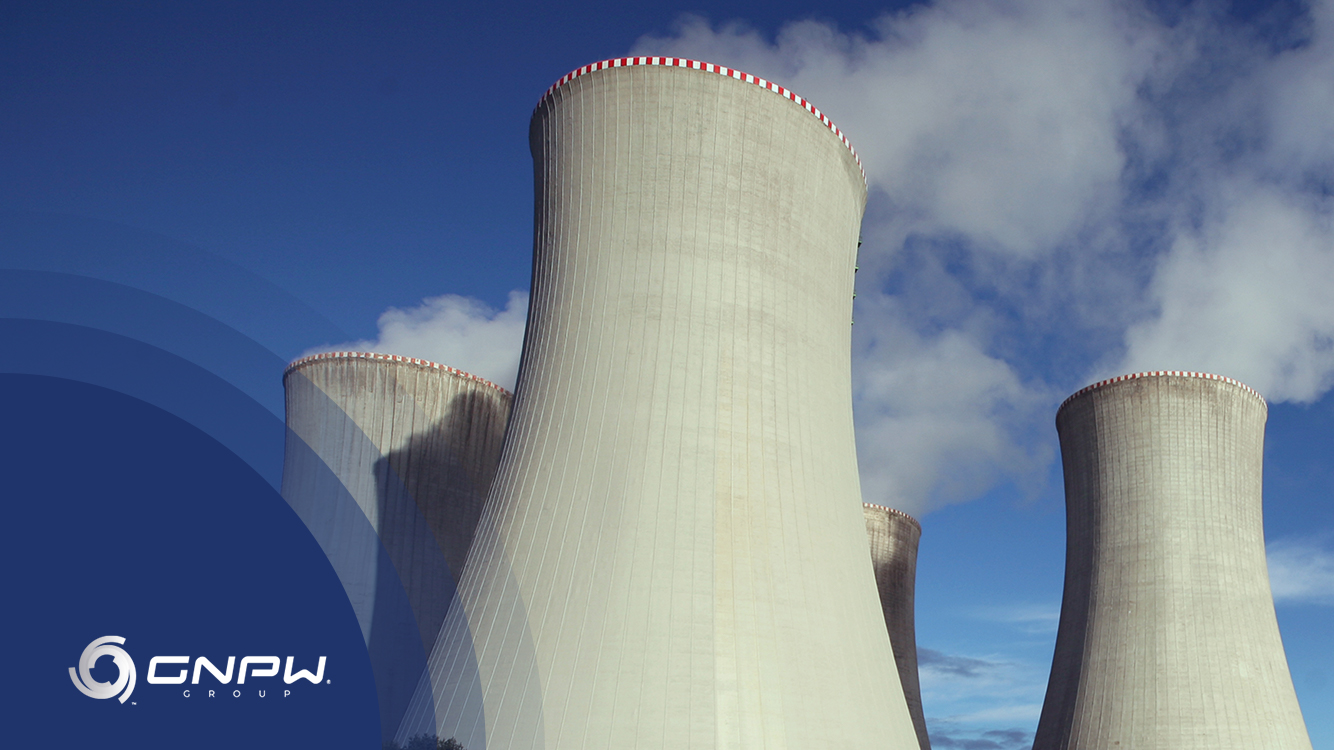Nuclear plants generate clean energy, but require high investments and care in production. Facing new options, what is the future of nuclear energy?
In Brazil, there are only two nuclear power plants, Angra 1 and Angra 2, which are responsible for producing 3% of the energy consumed in the country. Angra 3 is still under construction and has more than 60% of the work done, but at the moment the work is at a standstill.
The Minister of Mines and Energy, Bento Albuquerque, signaled interest in continuing to invest in this matrix, at the General Conference of the International Atomic Energy Agency (IAEA) in 2019. He even said that the expectation is that the Angra 3 nuclear power plant is in operation in 2026.
Some researchers believe that this matrix will lose strength over time, but others believe that it can be used as a back up and a bridge for cleaner energy generation.
To better understand this topic and check expectations for the future, read the content.
Como funciona uma usina nuclear?
As usinas nucleares são unidades industriais construídas para produzir energia elétrica a partir de materiais radioativos. Essa energia é uma alternativa frente às outras fontes limpas, como energia hidrelétrica, solar e eólica. Além disso, devido à tecnologia investida, esse modelo tem uma eficiência energética maior do que outras fontes sustentáveis. A energia atômica não sofre intermitência e precisa de uma área até 360 vezes menor que a de uma usina eólica e 75 vezes menor que a de uma usina solar para produzir a mesma quantidade de energia.
A energia nuclear é produzida a partir do processo de fissão ou divisão do átomo e o elemento utilizado para geração dessa energia é o urânio. O urânio recebe o bombardeio de nêutron e sofre a fissão nuclear. Todo esse processo ocorre dentro do reator.
Com a quebra do átomo, há uma liberação de energia que aquece a água do sistema. A água aquecida vai vaporizar e esse vapor movimenta a turbina, gerando então a eletricidade. No caso do Brasil, as usinas de Angra 1 e Angra 2 foram instaladas perto do mar, pois é preciso uma grande quantidade de água para resfriar o sistema.
What is the future of nuclear power plants?
The future of nuclear power plants in Brazil is promising, according to the Minister of Mines and Energy. Bento said that the nuclear sector in the country is a unique and irreplaceable pillar and that it is part of the strategy for sustainable development. One of the country’s advantages is that there are significant uranium reserves in the Brazilian territory, placing the country as one of the 7 countries with the largest reserves in the world. In addition, energy is clean and safe, after all, the country has operated power plants for more than four decades in safety. Thus, the conclusion of Angra 3 is essential to guarantee the maintenance of the supply of a network of continental proportions, which will continue to grow in the coming years.
While some countries have already slowed down their nuclear energy production, such as Germany, other countries, such as France, continue to invest in this model. After all, 86% of the energy produced in French territory comes from nuclear power plants.
Recently, Elon Musk, CEO of SpaceX, said in an interview that it is necessary to use a sustainable source without intermittence, because sometimes the wind does not blow or the sun does not shine. He also stated that nuclear energy may be necessary to maintain the necessary energy production in a sustainable manner and without CO2 emissions. The statement caused some astonishment, as the entrepreneur has a business in the solar energy segment.
Therefore, although there is no consensus on the future of nuclear power plants and the generation of nuclear power, this source is likely to still be preponderant for the global energy advance in the next 20 years. Is that you? What do you think of this issue? Leave your comment in the post!

Comment